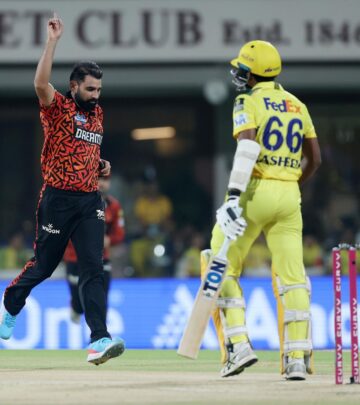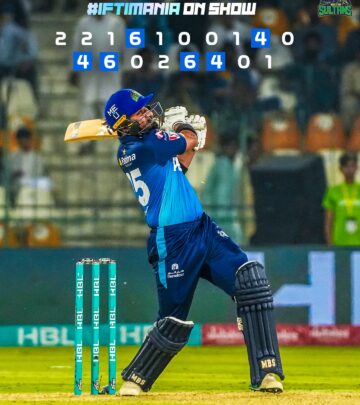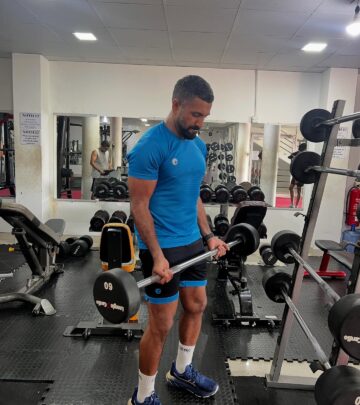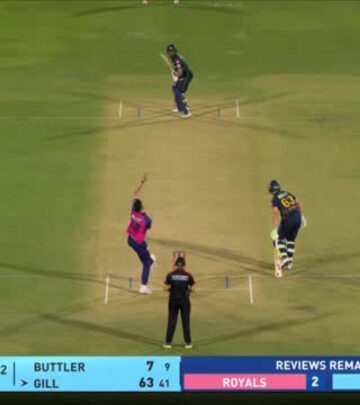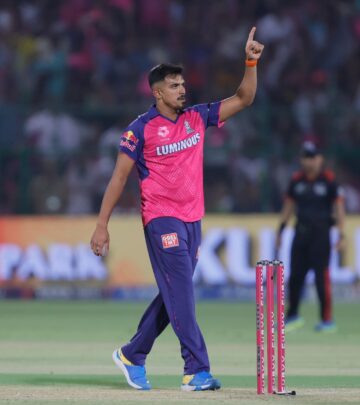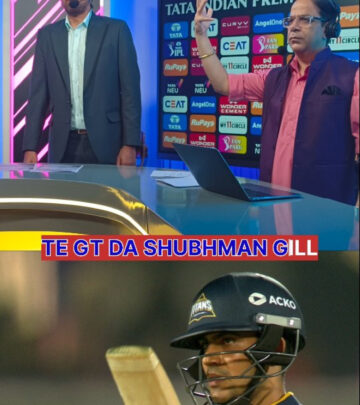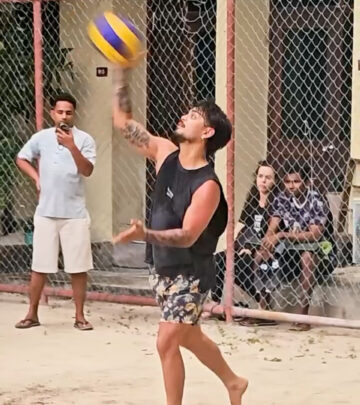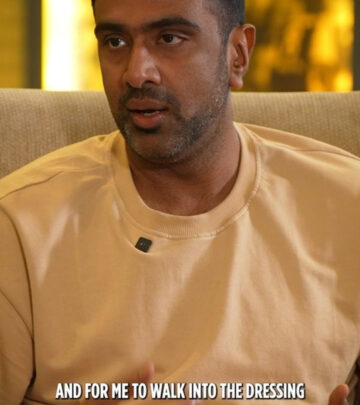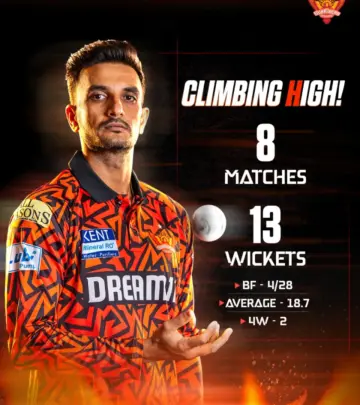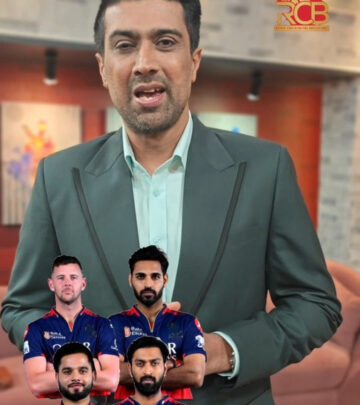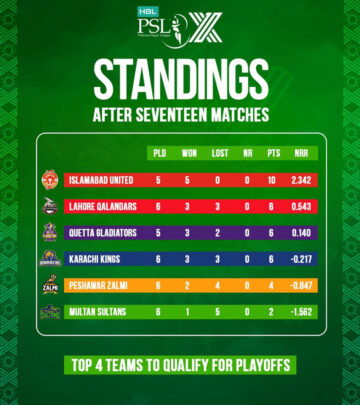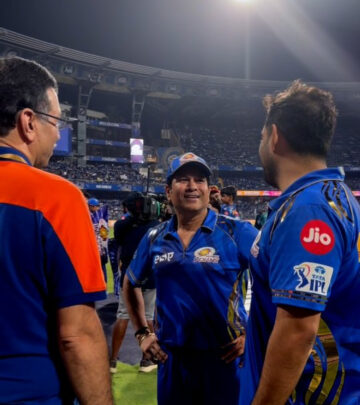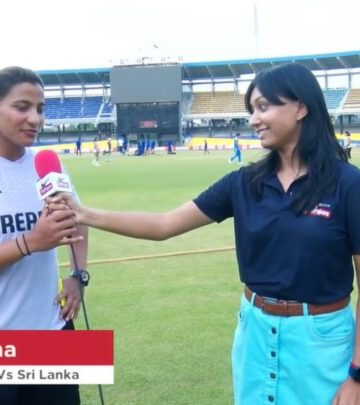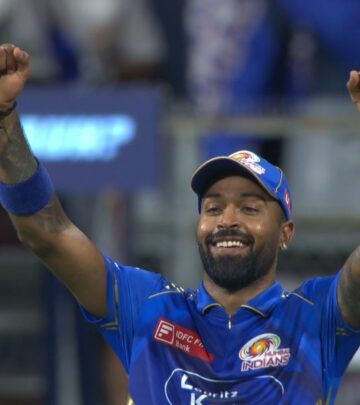Steffan Jones Challenges ‘More Is Better’ Approach In Fast Bowling Training
PaceLab founder emphasizes recovery and quality over quantity in latest coaching philosophy.
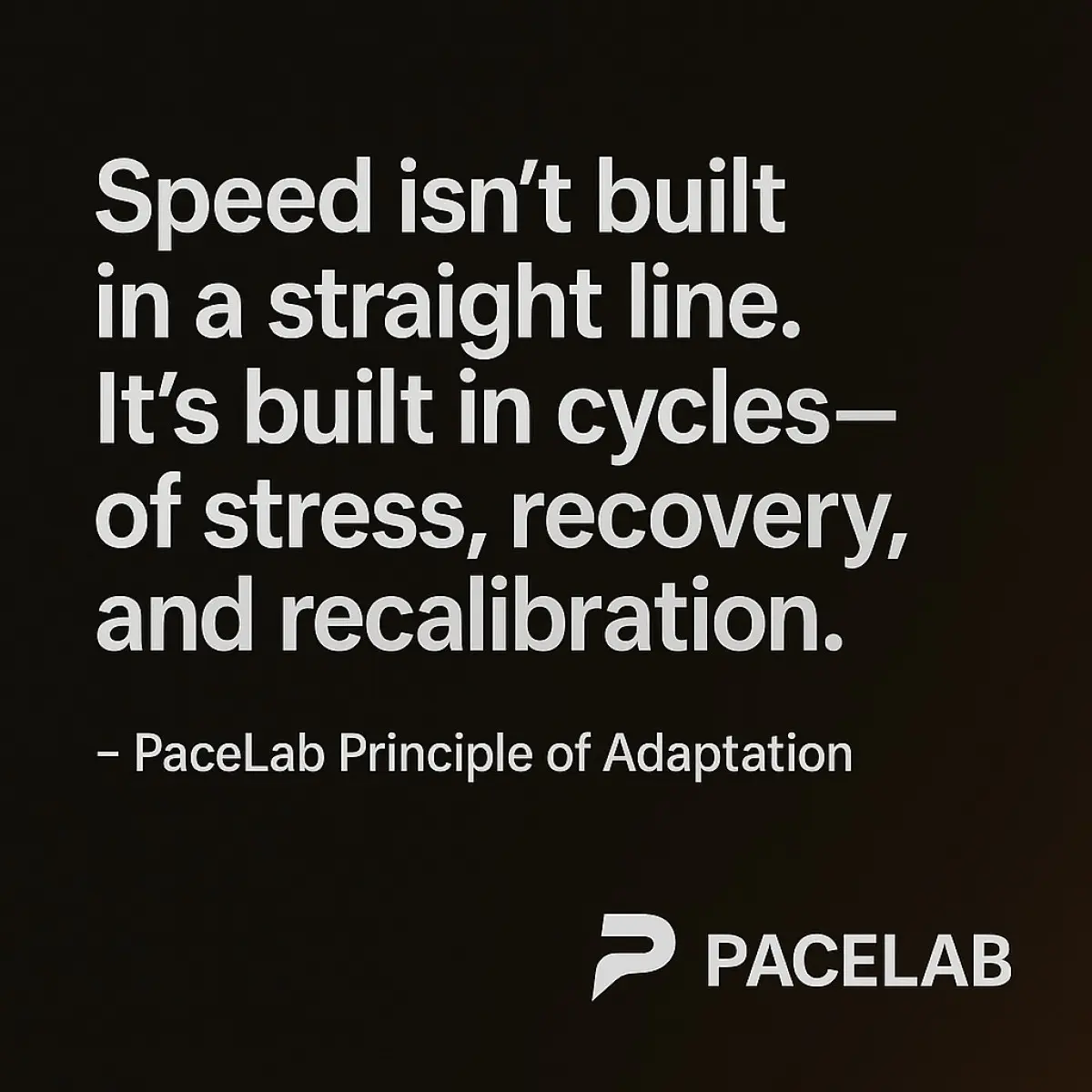
Image: Instagram
Former cricket professional and fast bowling expert Steffan Jones has issued a direct challenge to conventional training methods, warning bowlers that excessive repetition could be preventing performance improvement.
Don’t Dig Yourself Into A Performance Hole
In his latest Instagram post for PaceLab, Jones shared a straightforward but powerful message: “If you keep digging the hole you’ll never get faster.” Jones advocates for a different approach summarized as “Rest-recover-improve-repeat” – suggesting a training methodology focused on quality and recovery rather than sheer volume.
Challenging Conventional Wisdom
This philosophy directly contradicts traditional cricket coaching methods that often emphasize high training volumes and extensive repetition. Jones, who spent 20 years as a professional cricketer before transitioning into coaching roles, has been increasingly vocal about evidence-based approaches to fast bowling development.
The post is part of Jones’ broader “PaceLab Principles” – a coaching framework he’s developed through his company PaceLab Limited, which specializes in fast bowling development and performance science.
The Science Behind The Stance
Looking at Jones’ recent posts provides context for this philosophy. In another PaceLab insight, Jones explains what he calls “The Misunderstanding of Fast Bowling Fitness,” where he argues that traditional cricket fitness relies on outdated endurance models.
“Fast bowling is a high-intensity, max-output, 4-7 sec burst followed by full recovery. Every ball is a sprint. Yet training stays stuck in 3rd gear—moderate effort, steady-state loads, submaximal volume,” Jones wrote.
He further explained that many bowlers are “overtrained in 3rd gear, undertrained in 5th” – meaning they spend too much time on moderate-intensity work rather than training at the explosive levels required for match performance.
Autoregulation Over Rigid Routines
Jones’ training philosophy incorporates what he calls “AREG” (autoregulation), which prioritizes readiness over fixed routines. This approach uses metrics to guide training decisions rather than following predetermined plans regardless of a player’s condition.
In another recent post, Jones detailed how AREG works: “Autoregulation isn’t about skipping work. It’s about making better decisions with better signals.” He explained how testing readiness metrics like velocity at a standard load can help determine whether to proceed with planned heavy training or pivot to lower-intensity work.
New Metrics For Bowling Performance
To support this approach, Jones has developed proprietary metrics including the “PL Proxy” (Player Load Proxy) and the “BS:PL Ratio” (Ball Speed to Player Load Proxy). These measurements help quantify bowling efficiency and guide training decisions.
The PL Proxy combines multiple force and power measurements from a bowler’s delivery to create a comprehensive load metric. By dividing ball speed by this proxy, coaches can monitor how efficiently a bowler is converting physical effort into bowling speed – a key indicator of technique quality and fatigue.
Evidence-Based Approach
Jones, who has worked with teams in the IPL and international cricket, has built his coaching philosophy around challenging conventional wisdom with data-driven approaches. His stance against overtraining aligns with modern sports science research showing that quality and recovery are often more important than volume for performance development.
For fast bowlers looking to improve, Jones’ message is clear: digging deeper into the same training patterns won’t yield results. Instead, a thoughtful approach incorporating proper rest, recovery, and targeted improvement may be the key to bowling faster.
As cricket coaching continues to evolve with sports science, Jones’ evidence-based challenge to traditional volume-focused training represents an important conversation in the development of fast bowlers at all levels.
Read full bio of Joyce



